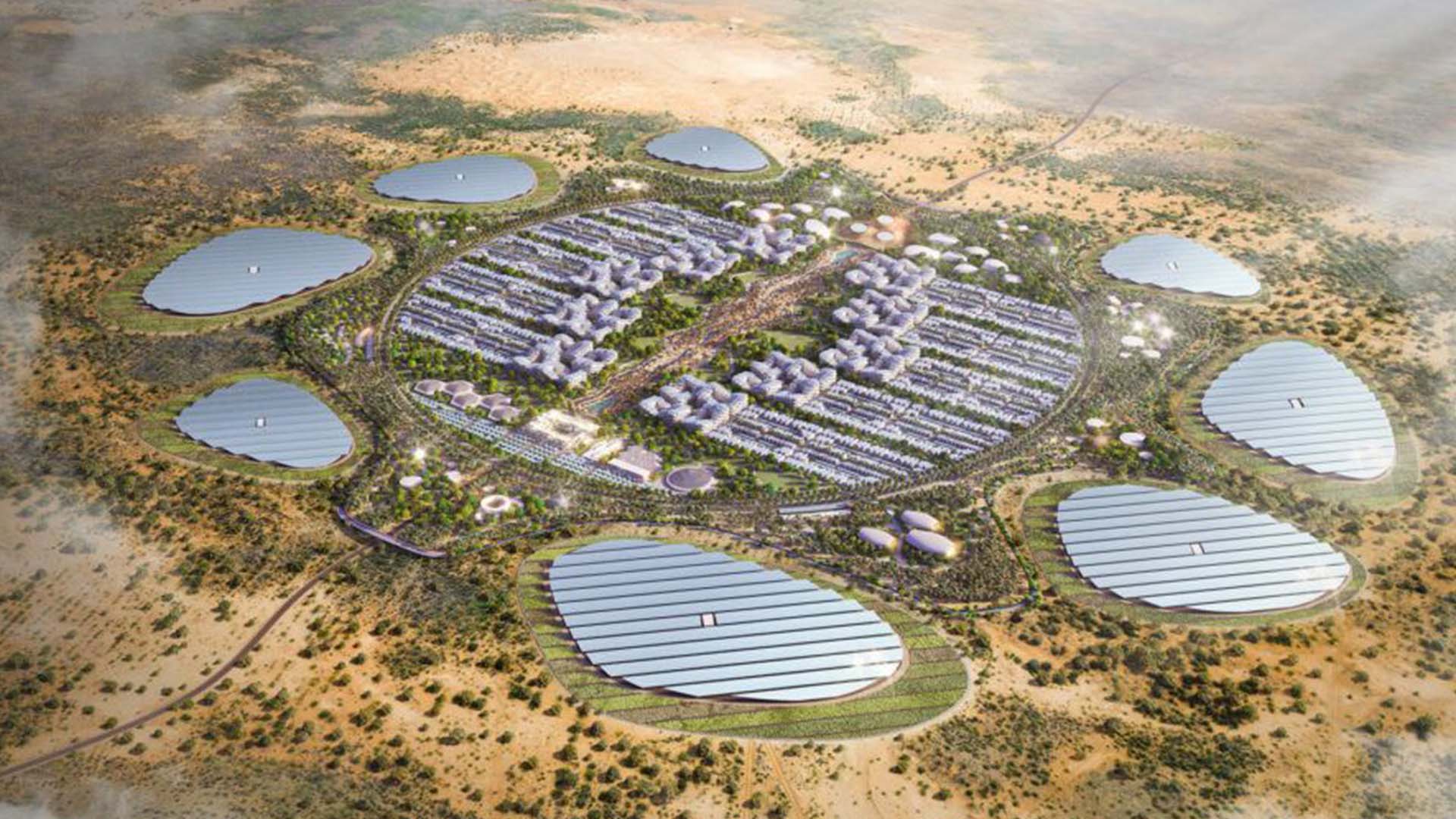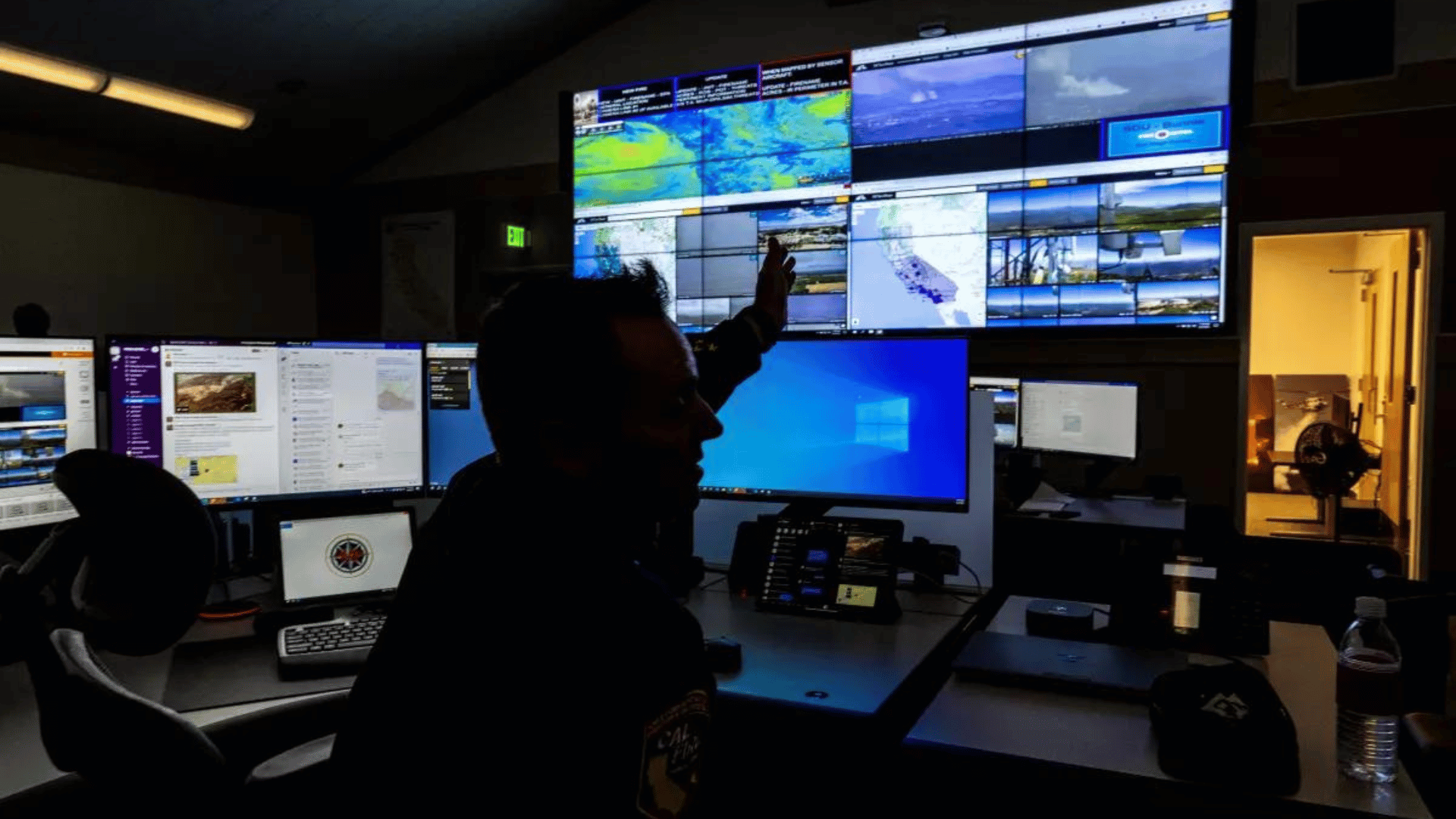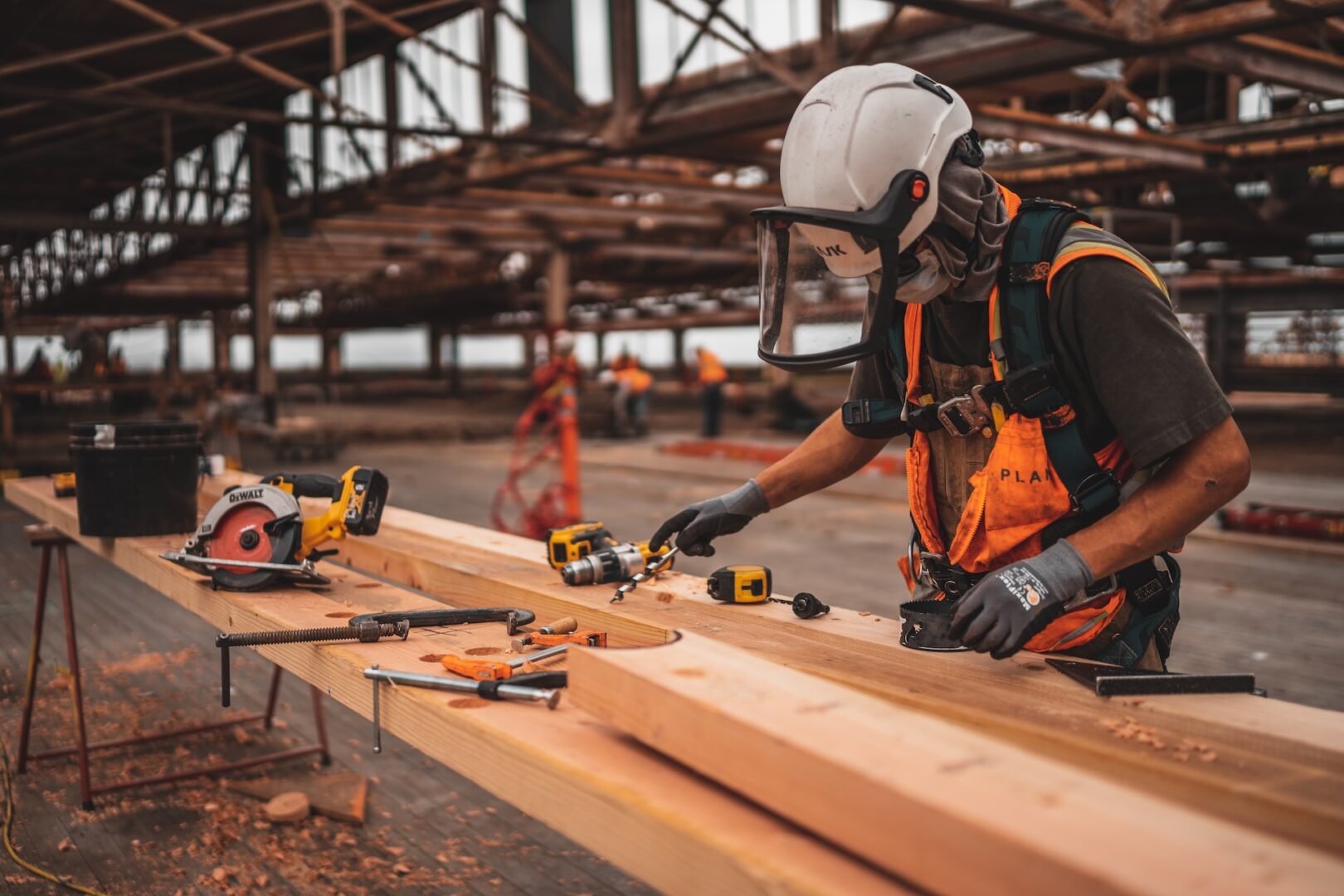Climate change is challenging scientists and researchers in different industries to find solutions to protect our planet. Artificial intelligence is likely able to make those solutions possible.
Climate change is proving to be one of the most difficult scientific problems humans have faced. It’s a complex system with countless variables. People tend to talk about the physical elements of climate like the amount of carbon dioxide in the air or temperatures. These characteristics are because our living planet is constantly changing.
Climate Data
An interesting part of AI is how it applies to things that only humans could do at one time. Climate data sets take a long time to collect and analyze. Using AI to gather climate data, provides us with the ability to quickly predict changes in the climate. AI can factor in changes that are constantly evolving to help us make informed predictions about changes in the environment. This helps take action against the severity of the situation.
Reducing Carbon
Transitioning to a zero-net carbon environment is an ongoing effort in the fight against climate change. To do this, windmills need to be bigger and must be able to sustain extreme weather conditions but we need to understand how to manufacture the materials to do it. We are starting to learn how AI can help us in designing and creating those materials.
Detecting Methane
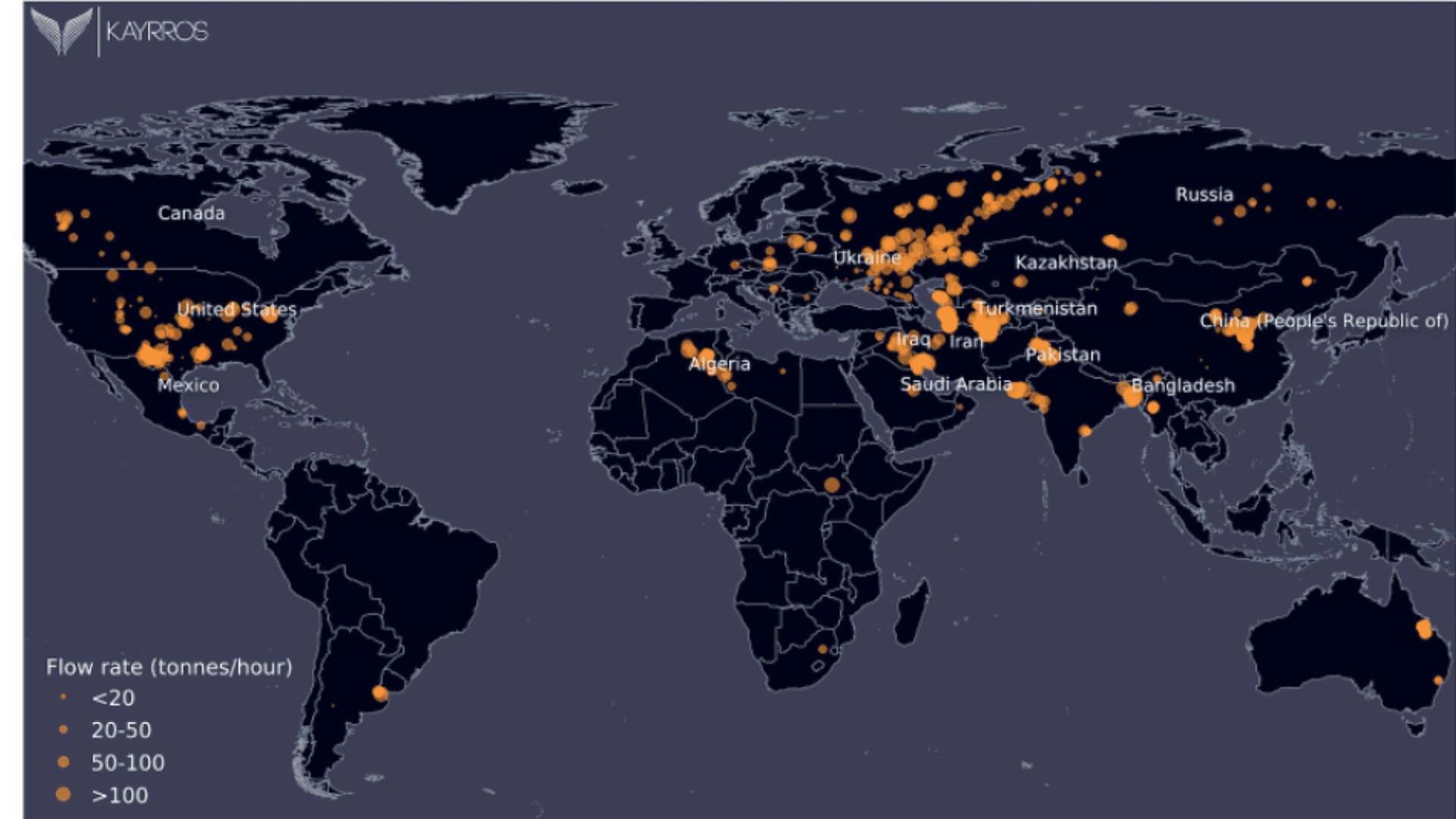
Methane is right behind carbon as a key contributor to warming our planet. The main ingredient in natural gas is also a highly potent pollutant. Methane is responsible for about 30% of the rise in global temperatures dating back to the Industrial Revolution. Companies and researchers are using AI to detect methane emissions through satellite images. Co-founder of a climate analytics firm Kayrros Antoine Halff says, “”Before we could mine satellite information with AI, we had no idea where methane was coming from.” Teams at Kayrros are discovering thousands of large methane leaks a year.
Detecting and Preventing Wildfires
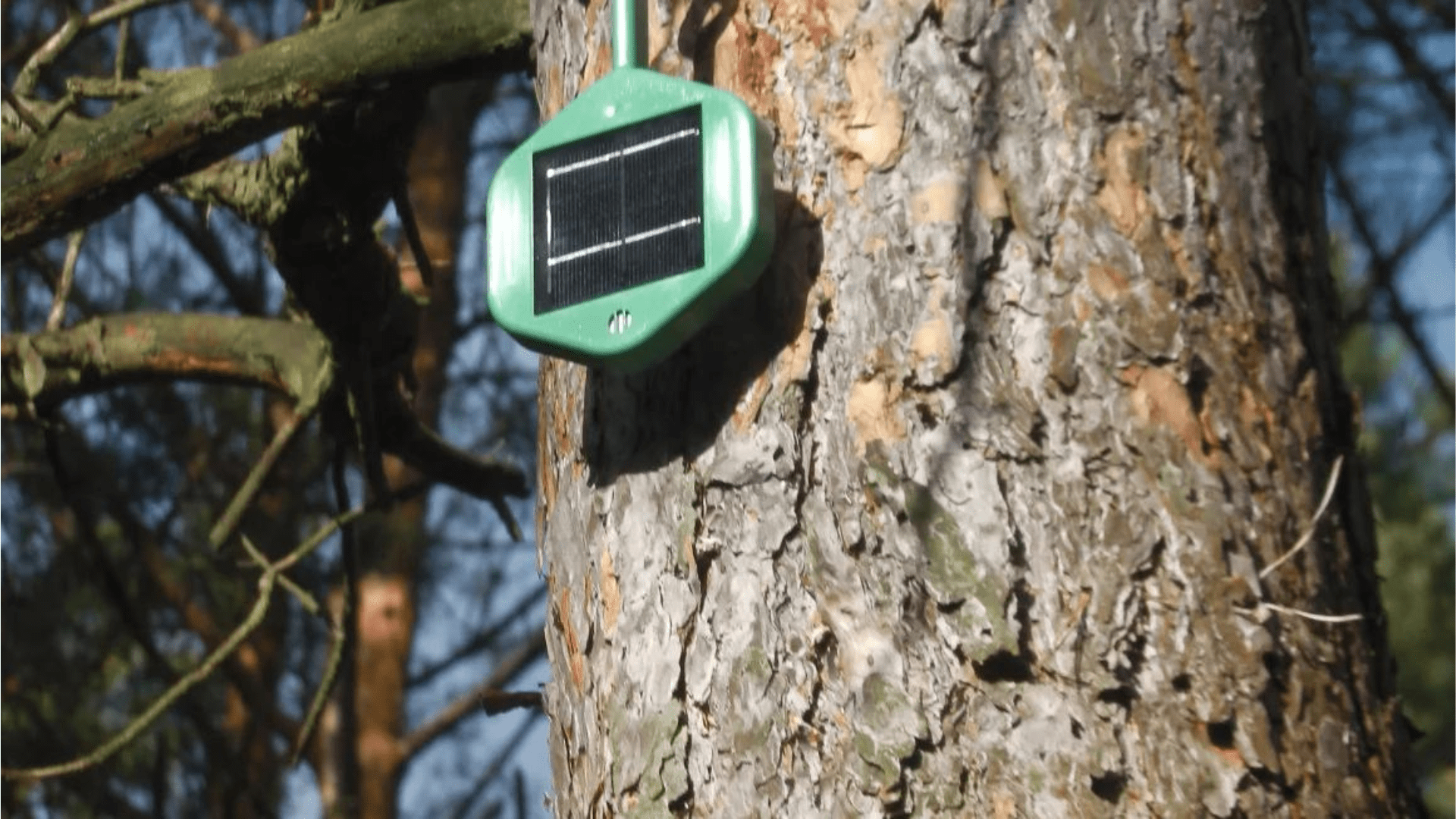
Intense wildfires are becoming more frequent because of climate change. Those burns are releasing an increasing amount of planet-heating pollution. A startup in Berlin is using AI with sensors to detect small fires in forests before they grow into megafires. AI is used to train these sensors to detect the gasses that are released when organic material burns. “They’re basically like an electronic nose that we embed in the forest,” says Dyrad CEO Carsten Brinkshulte. California uses similar devices to control wildfires.
Detecting wildfires is one thing. There is also preventing them. Controlled burns are commonly made in the wildfire “off-season” to burn off any excess brush and vegetation vulnerable to fire. Burn managers need a lot of information before doing a controlled burn. They need to know things like wind conditions and the amount of moisture in the vegetation. An AI tool created by a team from the Information Sciences Institute at the University of Southern California can help.
Yolanda Gill and her team created a “smart assistant” to access data sets and complex models. This assistant takes information about the topography, vegetation, and weather patterns and recommends a potential area for a controlled burn. Burn managers ask the smart assistant for recommendations and the devices provide the information. Gill says, “It’s kind of like Siri, but for burn managers.





